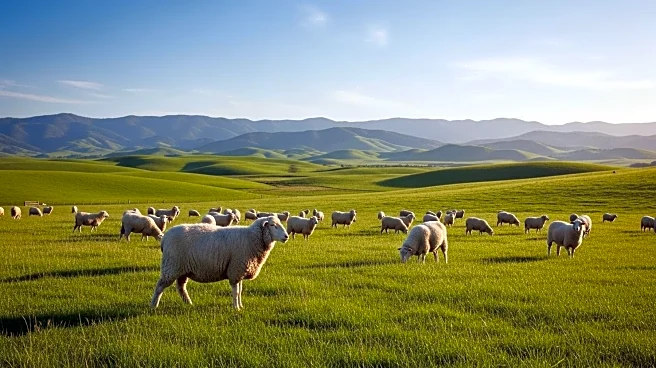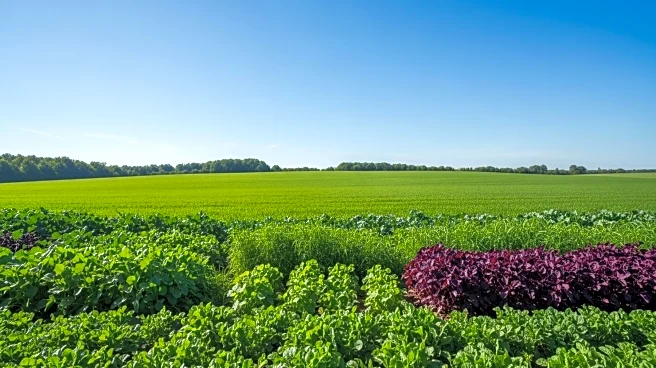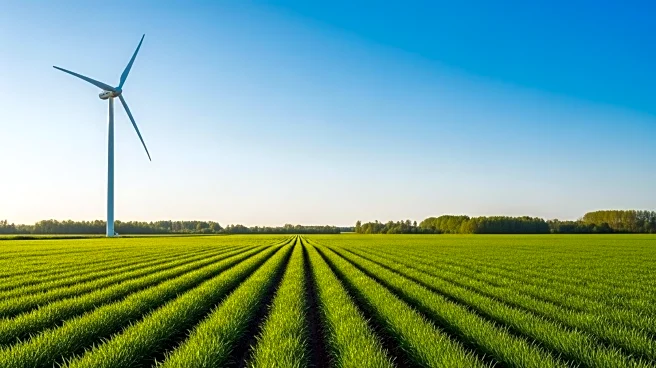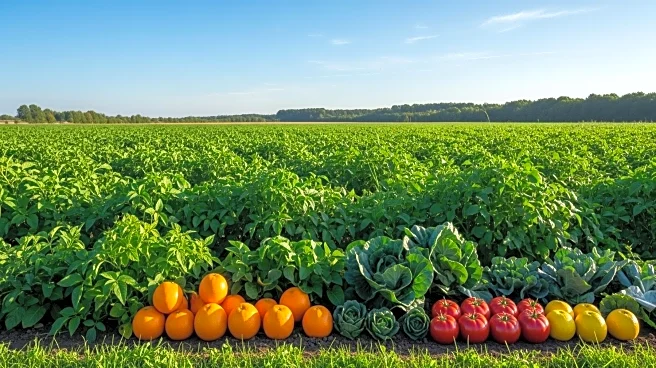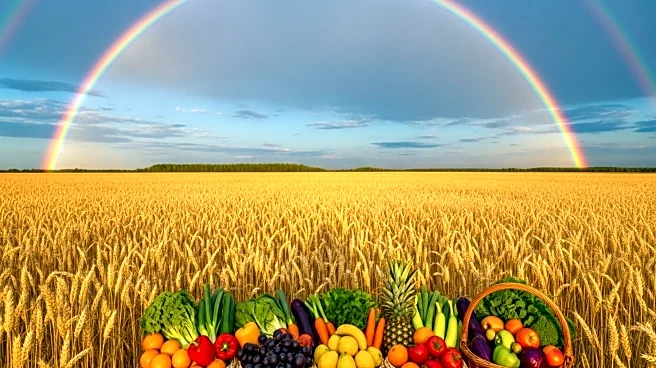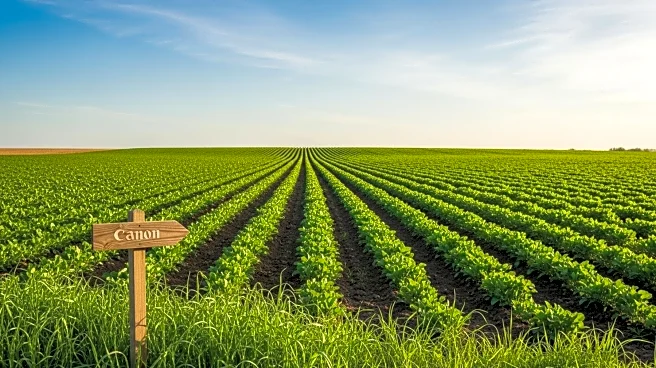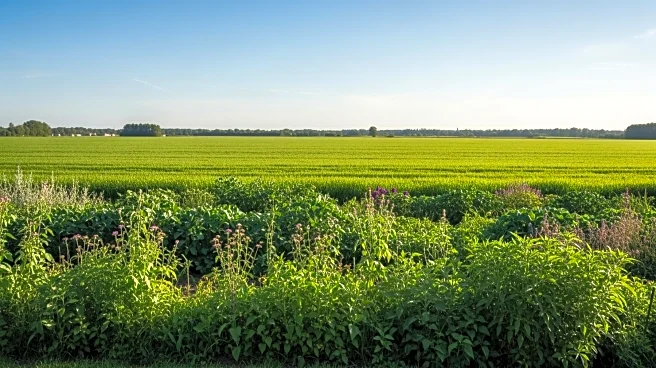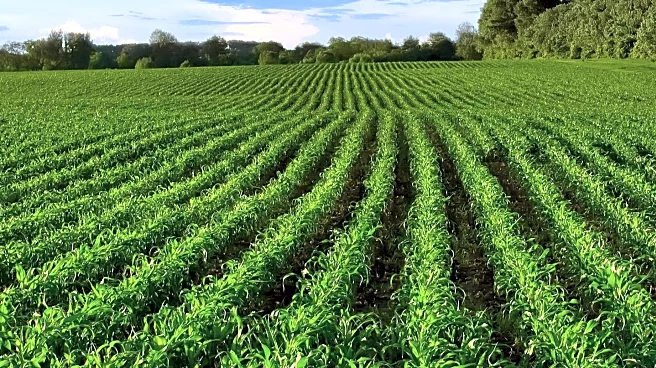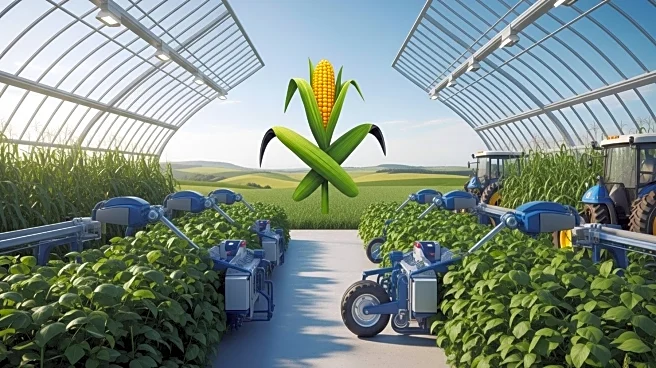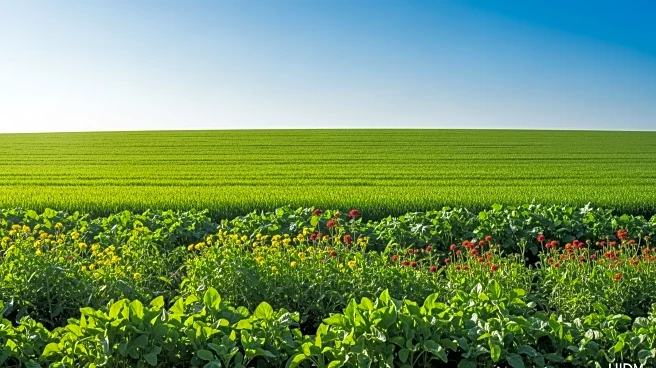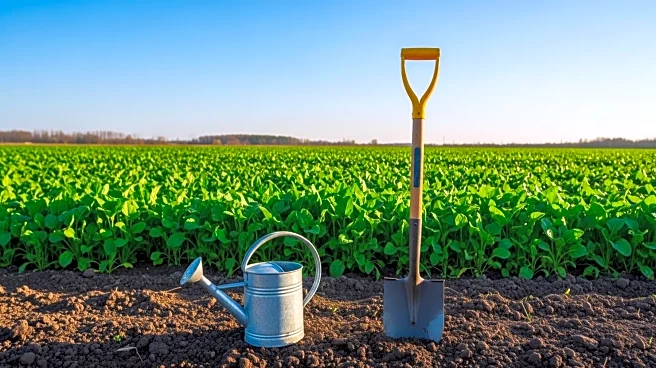What is the story about?
What's Happening?
H&M, a major fashion retailer, has collaborated with South African wool farmers and the World Wide Fund for Nature (WWF) to promote regenerative farming practices in the Drakensberg region. This initiative aims to produce sustainable wool, benefiting both the textile industry and the environment. The project focuses on restoring grasslands, which are crucial for biodiversity and climate resilience. By improving soil health and water retention, these efforts help mitigate the impacts of extreme weather events. The partnership is part of H&M's broader commitment to reducing its environmental footprint and supporting biodiversity conservation.
Why It's Important?
The textile industry is known for its significant environmental impact, including resource-intensive production processes that contribute to pollution and greenhouse gas emissions. H&M's initiative to source wool through regenerative practices addresses these challenges by promoting sustainable land management. This approach not only supports biodiversity but also enhances the resilience of local communities who rely on grasslands for their livelihoods. By aligning business decisions with nature-positive outcomes, H&M sets a precedent for other companies in the industry to follow, potentially leading to widespread adoption of sustainable practices.
What's Next?
The project is expected to expand as more farmers join the initiative, with H&M aiming to purchase wool directly from participating farmers. The establishment of grazing associations among communal farmers is a key component, facilitating collective decision-making and sustainable land management. As the project progresses, it may serve as a model for similar initiatives globally, encouraging other fashion retailers to adopt regenerative practices. Continued collaboration with WWF and local stakeholders will be crucial in scaling the project and achieving long-term environmental and economic benefits.
Beyond the Headlines
The initiative highlights the interconnectedness of biodiversity and climate change, emphasizing the need for integrated solutions. By restoring grasslands, the project not only supports wool production but also contributes to broader ecological restoration efforts. This approach underscores the importance of community involvement in conservation, fostering a sense of stewardship and responsibility among local farmers. The project's success could inspire similar efforts in other regions, promoting a shift towards more sustainable and equitable agricultural practices.
AI Generated Content
Do you find this article useful?
